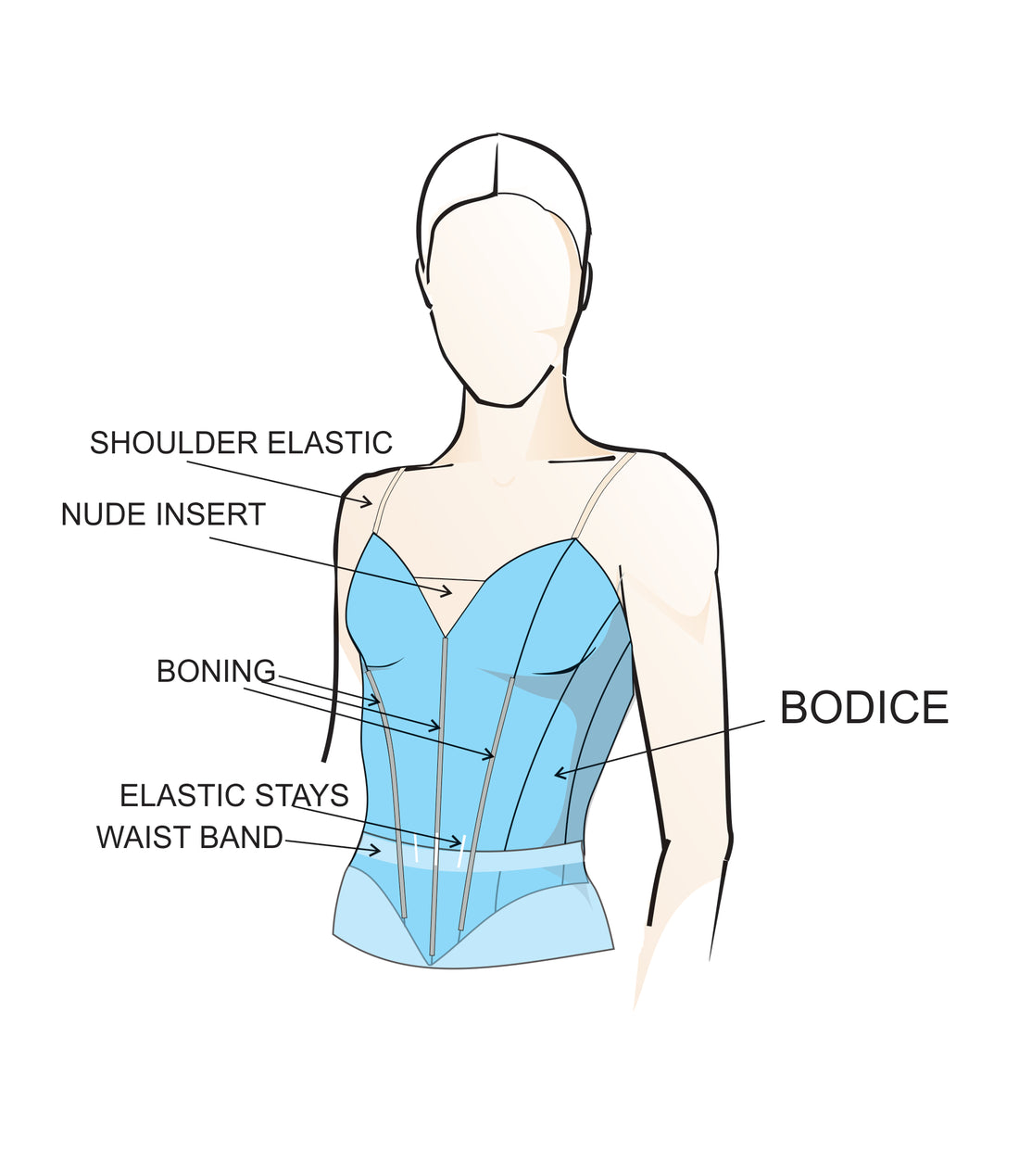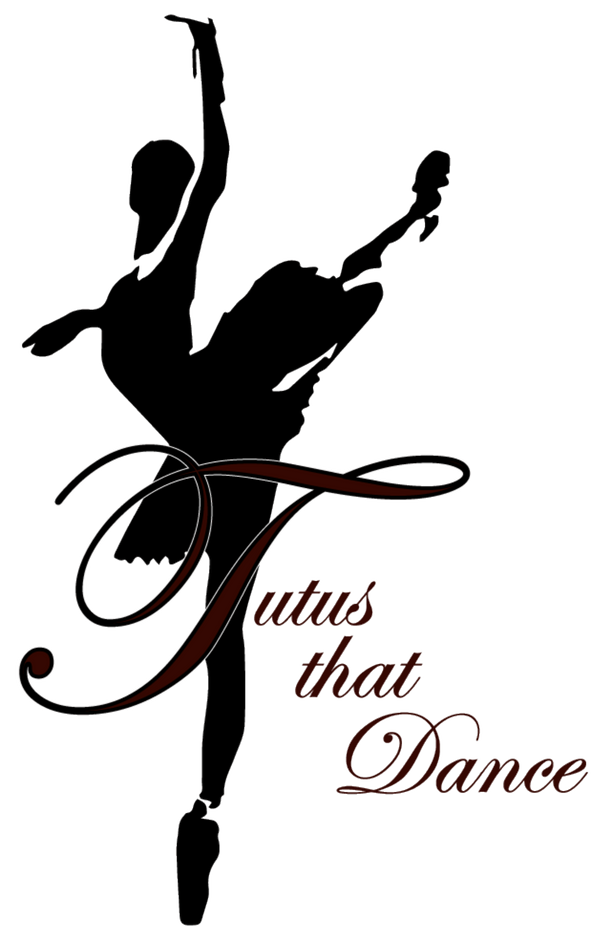
Parts of a tutu
Share
PARTS OF A TUTU
PURCHASE ARTICLE HERE: https://tutusthatdance.com/collections/faq-articles/products/parts-of-a-tutu
- BODICE: Upper part of the tutu garment. Usually lined with a dense tight weave fabric, BASQUE: Yoke or area from waist to high hip. Basques should be skin tight. Keep this area free from embellishments, loose trim, stones, etc. when partnering. This is the main area the male dancer will be holding, lifting and turning. Careful thought to protecting his hands from getting caught, scratched or cut with embellishments is necessary for his safety.
- PANTY: This is where the ruffles are sewn (classical tutus). Several fabric choices are used. Non-stretch, semi-stretch or stretch. Care must be taken if using stretch when partnering. The dancer should not be able to slide when lifted.
- SHOULDER ELASTIC: Several types of elastic can be used. Braid or mesh. Match color to dancers’ skin color. Straps should be fitted on the dancer and adjust to keep the bodice secure and in place.
- NUDE INSERT: Used to give a deeper neckline while maintaining the integrity of the bodice structure. Can be inserted or applied over the bodice.
- BONING: Used (several types) to give a structured look to the bodice. Should not interfere with the dancers’ movement.
- ELASTIC STAYS: Used to connect the bodice to the basque and allow enough movement when stretching.
- WAISTBAND: Waistbands anchor the tutu to the body, securing and supporting the weight of the skirt. Non-stretch is preferred for professional dancers.
- RUFFLES: Ruffled net layers sewn onto the panty (classical tutus)
- TACKING: Small loops of thread or plastic tags used to shape and control the ruffles, skirt movement and tutu silhouette.
- HOOP: Used on some tutus to help maintain the shape of the tutu.
-
HOOKS AND BARS: Fasteners used to close the tutu bodice.



